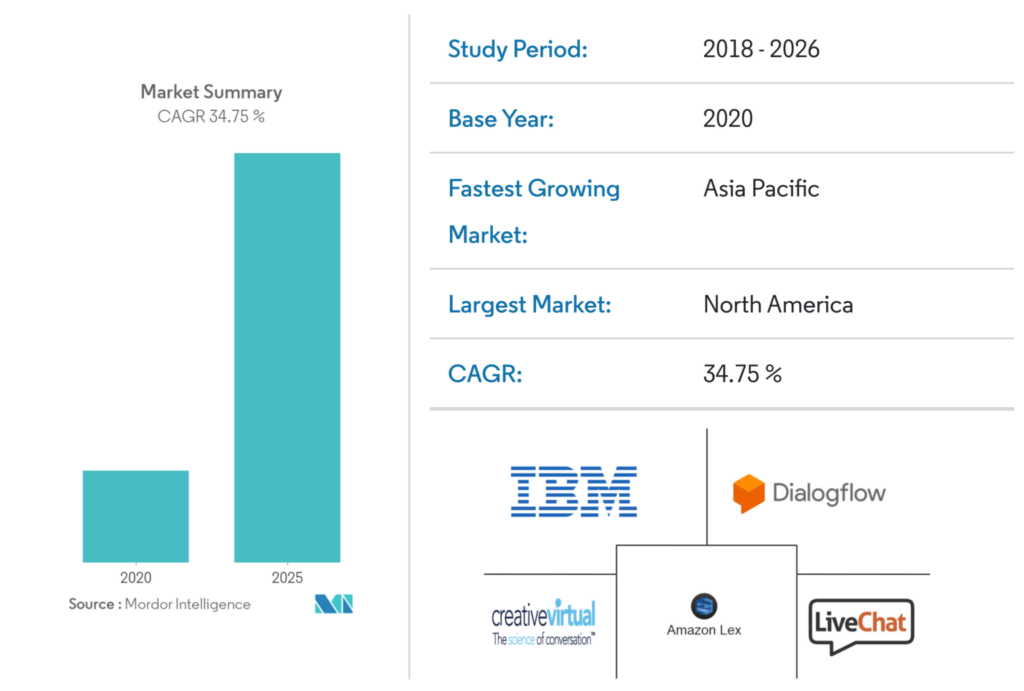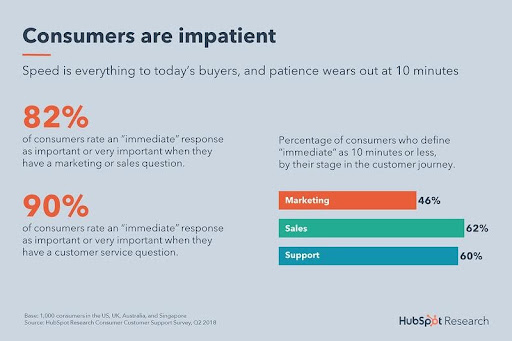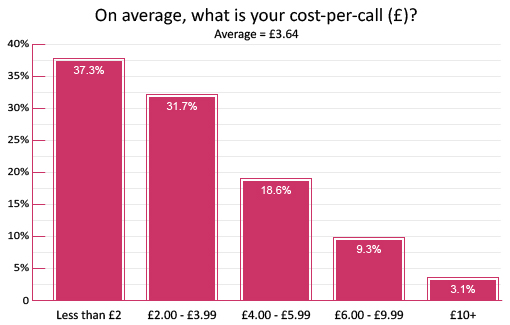While companies are getting mixed results from their chatbot deployments, most organisations and experts will agree on one thing: When done right, chatbots improve customer experience in more ways than one.
Chatbots are computer software designed to engage users through chat automatically. They integrate into various digital platforms like Facebook Messenger, WhatsApp and even SMS. They interact with users by answering their frequently asked questions and signposting to your brand’s services or resources — all without human intervention.
This is a big deal for sectors that constantly deal with a deluge of customer queries, like banking and retail. These are industries where simple questions are the bane of both contact centre teams and agents.
- For customer support staff, simple interactions are repetitive and take too much time — tasks best suited for a machine.
- For customers, waiting several minutes in a call queue just to ask a question about something like the status of their order or changing their payment details can be a frustrating experience.
This is where chatbots come in. And they’re quickly becoming a critical component of any organisation’s digital transformation journey.

According to Mordor Intelligence, the global chatbot market was valued at $17.17 billion in 2020 and is projected to reach $102.29 billion by 2026. Meanwhile, Business Insider reports that the highest growth for chatbot implementation would be in the eCommerce and retail industries.
The game-changing impact of chatbot technology stems from its ability to improve your customer experience.
What is customer experience?
Customer experience, also known as CX, is a broad concept that encompasses all types of direct and indirect interactions with a company.
As the term suggests, a direct interaction happens when there’s direct contact between a customer and a company, such as during the course of purchase and use of a product or service.
An indirect interaction, on the other hand, is vaguer. This is any interaction between a potential customer and a company’s products and services, whether it’s adverts, news reports, reviews or even word-of-mouth. In other words, it’s how a company perceives a brand.
But where do chatbots figure in all of this?
Chatbots leverage artificial intelligence, machine learning, natural language processing and automation to engage customers using natural language. That last bit is crucial, as the experience needs to be as natural as possible to avoid alienating them.
Chatbots enable you to deliver the same expert service of your customer service teams to any channel your customers choose to chat with you. This means your customers are only ever a chat away from getting the information they need from you.
And that can revolutionise your customer experience.
Here’s a closer look at how chatbots improve customer experience.
1. Critical business intelligence
Data fuels business intelligence, and that’s exactly what chatbots enable you to do.
Some chatbot platforms come with a data analytics backend system that gives you access to valuable data about your customers’ conversations with chatbots. This, in turn, allows you to capture insights on issues, pain points and obstacles that your customers are facing.
Analytics dashboards make the invisible visible, uncovering trends in your customers’ needs before you’ve even heard your customers voice what they want from your business. For example, if your customers frequently interact with your chatbots to ask about payments on Klarna, this lets you know that offering it as a payment option may be a worthwhile investment.
You can also use your chat insights to plug gaps in your chatbot content, creating responses to questions that may have been missed when you first deployed your bot.
2. Reduce wait times and call volumes
By automating customer interactions and providing 24/7 customer support on all your digital channels, chatbots can slash call volumes and wait times, easing the burden on your contact centre teams.
For customers, this means they won’t have to spend several minutes waiting on hold for a live agent to speak with them. This has a massive impact on customer satisfaction. According to HubSpot Research, 90% of customers consider an “immediate” response to their customer service questions to be important or very important. Respondents defined an “immediate” response as 10 minutes or less.

And again, these interactions with customers happen without human intervention, which brings us to our next point.
3. Lower contact centre costs
For businesses, every customer query that’s resolved by a chatbot represents cost savings. As companies spend over $1 trillion on customer service calls, chatbots provide a way to lower costs and free your contact centre staff from responding to repetitive and time-consuming queries.
The math checks out too. Let’s assume you deploy a chatbot to your online store. Over 12 months, the bot answers 11,000 non-urgent and repeat questions. Based on the average cost per contact of £3.64 (the average reported figure), this would translate to £40,040 in cost savings.

Chatbots offer such massive potential that Juniper Research predicts the technology will save companies $8 billion per year in customer service costs.
4. “Optichannel” presence
In 2007, market research firm Yankelovich estimated that the average person saw about 5,000 ad messages a day. Fast forward to today, and it’s safe to say that number has gone way up, with eMarketer projecting global digital ad spend to reach $455.30 billion this year and $645.80 billion by 2024.
With ads and marketing messages on every channel and every customer touchpoint all day, every day, brands are assessing the effectiveness of “omnichannel” marketing (omni for all) and looking at meeting customers at the most optimal place and time.
This is where “optichannel” (a portmanteau of optimal and channel) marketing comes in. It’s no longer just about being everywhere at once but also about being available where your customers need you the most.
To achieve this, brands need to:
- Be able to identify the behavioural and purchasing patterns of customers
- Provide contextual information that complements the buyer’s journey.
Chatbots allow you to do both. At Futr, for example, our live chat and chatbot platform gives you insight into your customers’ conversations and uncover trends in their needs. The chatbot also uses this information to improve its ability to understand the context of future conversations, picking up on the true meaning of words — even slang.
5. Delivery of critical services
The customer experience benefits of chatbots also extend to the public sector and providers of critical services like healthcare and social housing. Chatbots can be designed to assist in core service delivery — a user experience (UX) feature known as self-service or self-serve.
According to a CIH report, housing organisations in 2020 aimed to be more accessible to tenants by simplifying and making interactions more responsive. For some housing providers, this meant investing in a “better digital self-service offer”.
In the context of chatbots, self-service allows customers to access the service they need within the chat. For example, chatbots can signpost to a social landlord’s core services, enabling tenants to:
- Submit a tenancy application;
- Pay for rent;
- File a complaint;
- Book a repair; and
- Report antisocial behaviour, all without having to leave the chat window.
This same setup can be deployed in other critical services providers, whether it’s GP surgeries, dentists, insurance providers or councils.

